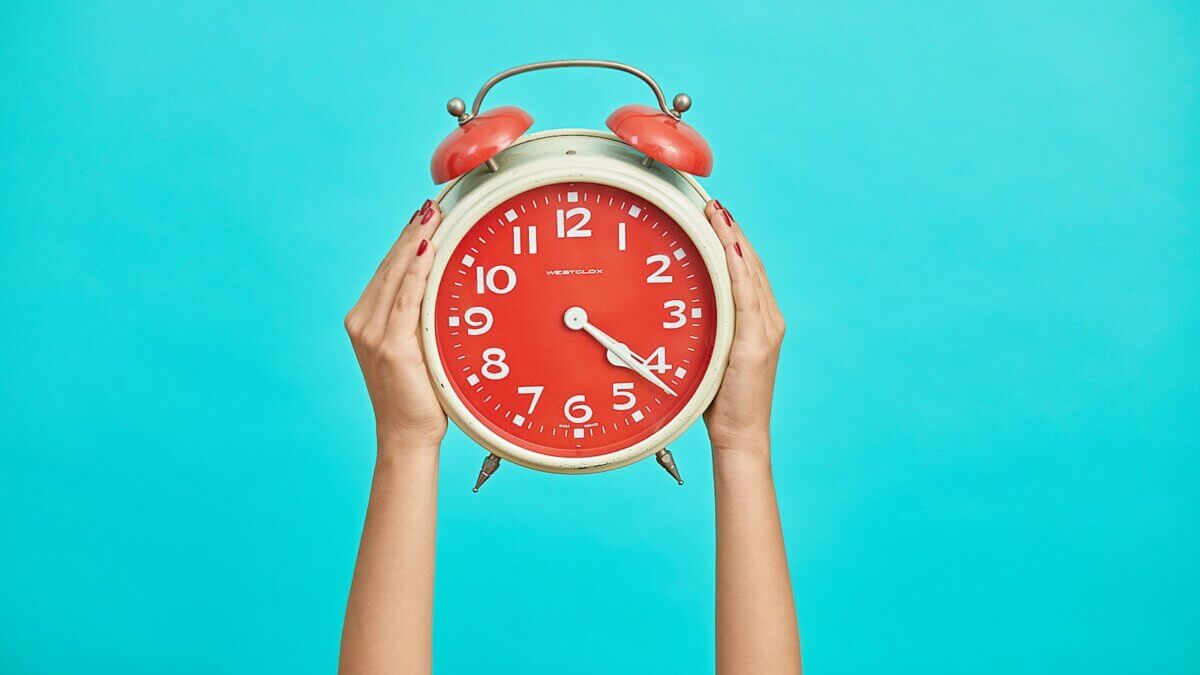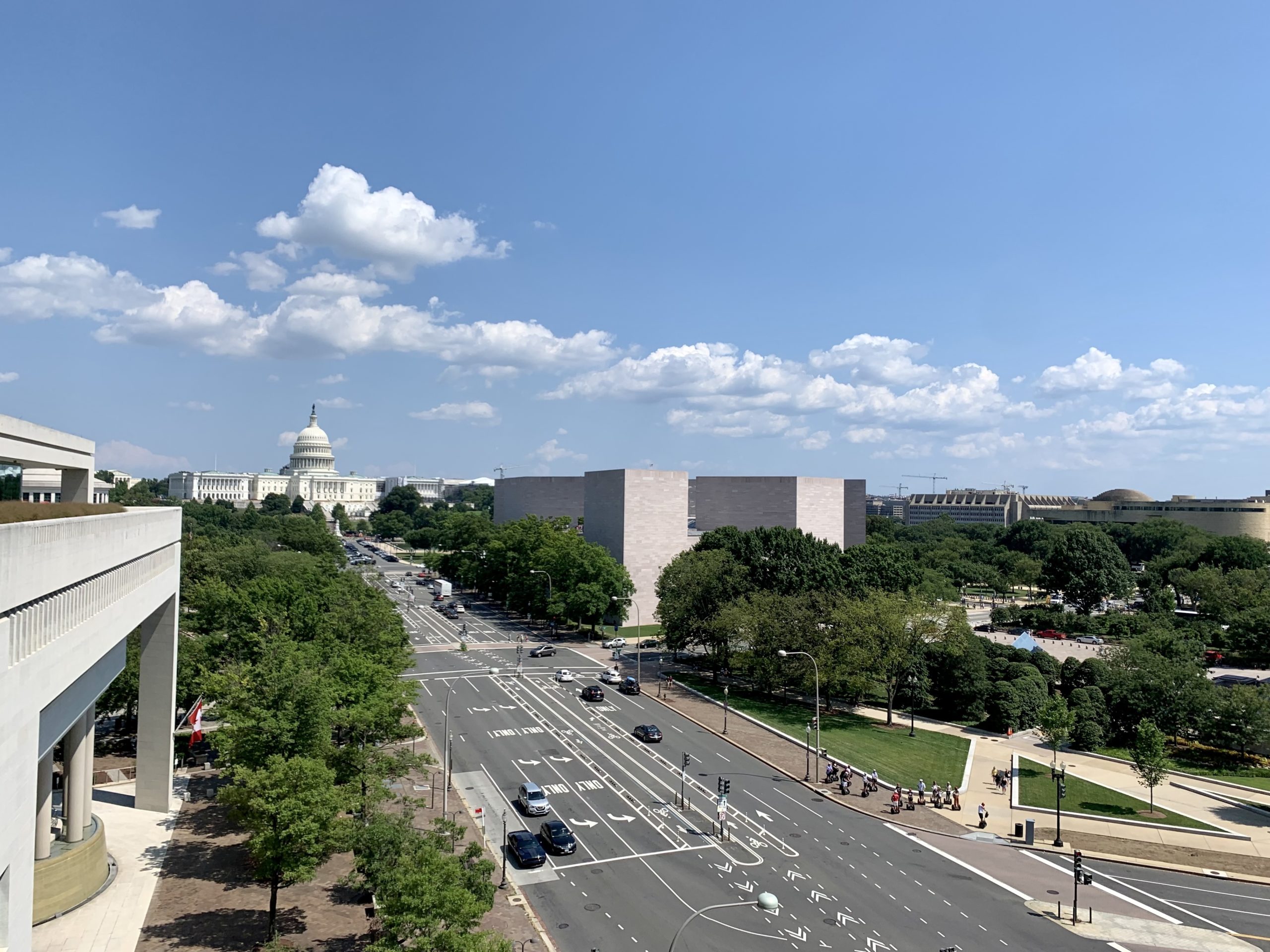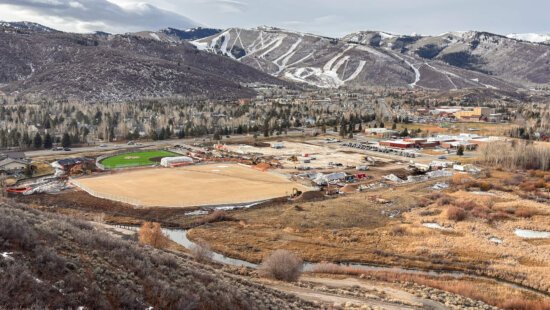Health
More than just an extra hour: The quirky history of Daylight Saving Time

Daylight Saving Time ends November 2, 2025. Photo: Photo by Malvestida
Utahns gained an extra hour of sleep this weekend as Daylight Saving Time came to an end. Clocks rolled back one hour at 2 a.m. on Sunday, marking the official return to Mountain Standard Time.
The switch means earlier sunrises and darker evenings as winter approaches. Utah will remain on Standard Time until Sunday, March 8, 2026, when clocks spring forward once again.
History of Daylight Saving Time
Daylight saving time began in 1918 with the Standard Time Act, meant “to save daylight and to provide standard time for the United States.” This act established the US’s five time zones and began the first iteration of daylight saving time, which was repealed at the end of World War I.
Daylight saving time was implemented again during most of World War II (then called “war time” rather than “daylight saving time”) to conserve fuel and promote national security, and remained in place year-round from February 1942 until 1945. The permanent measure was once again repealed following the end of the war.
When Congress passed the Uniform Time Act in 1966, they set a national standard time and officially established daylight saving time from the last Sunday in April to the last Sunday in October. In January 1974, clocks sprung forward for what was supposed to be the last time, but strong public opposition led to the reversal of this Nixon administration policy less than a year later.
The most recent change to daylight saving time came in 2007, when the Energy Policy Act of 2005 extended the period of Daylight Saving Time. Since then, it has begun on the second Sunday in March and ended on the first Sunday in November, both changes taking effect at 2 a.m.
In March 2022, the Senate unanimously voted to make daylight saving time permanent. However, the legislation stalled in the House of Representatives and has yet to advance, despite renewed efforts in Congress.
Daylight Saving Time Fun Facts
In the US, states aren’t required to observe daylight saving time, and Hawaii, most of Arizona and some territories in the Pacific and Caribbean have all opted out of the bi-annual time change.
The correct usage is daylight saving time, with singular use of “saving,” not “savings.”
Numerous studies have shown the hour of sleep we lose by springing ahead can affect us in dangerous ways, including increased risk of heart attack, stroke, susceptibility to illness, and seasonal depression.
One notable benefit of the time change is a decrease in evening crime rates. One study published in 2015 found that the start of daylight saving time in the spring was associated with a drop in robberies.




















